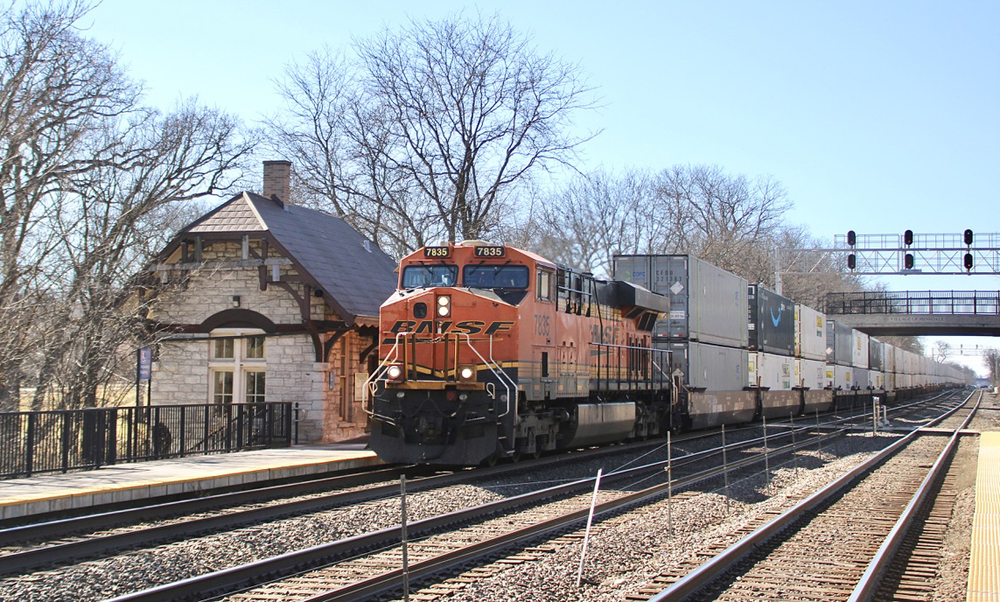
While U.S. logistics providers wait out the post-trade war lull in import shipments, BNSF Railway is setting up its network to handle an expected surge following a pause in tariffs between China and the United States.
“I guess probably the most overused words in logistics is this ‘air pocket’ that hit us the last couple of weeks,” Jon Gabriel, BNSF group vice president, Consumer Products, said in an interview. “Now, we do have some line of sight on shipments that are coming our way, but not yet. But if you look at the bookings coming out of Asia, certainly you’ve seen kind of that V-shaped check mark.”
It was several weeks after the tariff pause went into effect in May that the railroad started to feel the import air pocket.
“We’re probably three to four weeks removed from starting to see things charged back up on the West Coast, LA-Long Beach, the Northwest Seaport Alliance [of Seattle and Tacoma],” Gabriel said. “Post-Fourth of July, we think things will be busy. We’re excited again to demonstrate that we’re ready to move a lot of freight from the supply chain, just like we did in the first quarter.”
The railroad has also used the import downturn to position itself for the coming recovery.
“We have more than 100 locomotives that we would call a ‘surge fleet,’ ready to go in the state of California alone, some 9 miles of locomotives,” Gabriel said. “And we have a large quantity of railcars set up against traffic in California, Arizona and in Washington for the Pacific Northwest. We have also taken the opportunity to do some preventative maintenance, both on tracks and rolling stock, in pre-position against the West Coast.
“So again, we feel really good about our ability to quickly respond when traffic starts to make its way into the West Coast.”
Gabriel compared the resumption to the period in 2024 after an early peak season caused by shippers frontloading to avoid East Coast port labor disruptions by the International Longshoremen’s Association.
“I think we went through both those on the West Coast with strong performance levels, moved a lot of freight, made a lot of capacity available.”
Based on what he’s hearing from supply chain partners and customers, “we suspect we’ve already bottomed out; we’ve started to see what we call ‘build,’ not just in traffic that’s sitting on the docks, or within earshot, of the West Coast, but not yet on a railcar. That has bottomed out and started to climb again. We have started to hear from our carriers that they have gone back to essentially full vessel utilization, meaning that for a couple of weeks, if there were still boats running, they just weren’t full, and now the boats are full.”
Gabriel described the initial build as “the first little bit of a wave,” and said that based on new vessel capacity strings and other transit from Asia, the surge is probably three to four weeks away.
“We’ll probably see a gradual decline and then a gradual increase, followed by a step-level increase, once all this new added vessel capacity gets to the West Coast,” he said. “The capacity is coming back into the lane.”
That would include major carriers Maersk and Hapag-Lloyd, which this week announced new direct service from Asia to the Port of Long Beach, but also smaller carriers such as CU Lines, seeing an opportunity in sharply rising rates. The China-based company is deploying five vessels of 2,400 to 2,800 twenty-foot equivalent units each from three Chinese ports to Long Beach.
At the moment, Gabriel said BNSF intermodal volumes are modestly above year-ago levels, on lingering diversions away from the East Coast in late 2024 and frontloading in the first quarter by shippers looking to stay ahead of tariffs.
“It’s nothing that we … feel like our network can’t handle, offering considerably better transit service and experiences for our customers.”
Gabriel said BNSF’s network is performing at its best level since 2020, when volumes were depressed across the supply chain by the pandemic. While there are no pressure points on the network “we do suspect that there could be some pull-forward of fourth-quarter demand to beat that Aug. 12 [tariff pause] deadline.”
Gabriel said BNSF’s prior investments have helped it manage through the vagaries of the Trump administration’s changing trade policy.
The railroad in the past several years added 100 miles of new main track on its transcontinental route between Los Angeles and Chicago, for double-, triple- or quadruple-track configurations, to accommodate denser traffic when necessary. BNSF has also added more than 8,000 parking spaces at intermodal ramps across its network, the equivalent of one entire Alliance Intermodal Facility in Fort Worth, Texas, largest on the railroad.
“That’s surge capacity for our network, and at the same time, we’ve added more production tracks so we can lift-on lift-off more traffic simultaneously,” Gabriel said. “We haven’t had a quote-unquote ‘normal period’ going back several years in the supply chain. If we recognize that’s kind of a new state of life that we’re in, hence, we’ve made all these resiliency, and I would say, recoverability, investments.”
As for Chicago, the mid-American choke point for rail freight, Gabriel said BNSF has the most rail capacity of any Class I, operating a total of four facilities. Three are domestic intermodal, while the fourth is a major international rail terminal, outside Joliet, Ill. BNSF has added on- and off-site parking throughout, and a three-year expansion project at Cicero, Ill., has increased capacity by 30%.
Manufacturing is starting to flex up in China even as companies look to diversify supply chains throughout the region rather than to North America.
“I think you saw a large movement of that during the Trump 1 tariffs in 2018,” said Gabriel. “‘China Plus One’ didn’t necessarily mean China onshore to nearshore; there’s certainly some of that, but really it was China to somewhere else in Southeast Asia, which bodes well to the West Coast and in our networks.”
As for cross-border traffic with Mexico outside of automotive, Gabriel said, “I wouldn’t say that we’ve seen meaningful movement in nearshore activity, from a manufacturing standpoint. What we’ve really seen is modal conversion, and that’s all we’re targeting, just like we are stateside of highway traffic that’s going cross-border.”
Gabriel said BNSF isn’t seeing much warehousing on the rails as was typical post-pandemic in 2021.
“Dwell has stayed really, really low, historically low levels. We haven’t seen a lot of rolling storage on our network; the product has continued to leave our rail ramps in a relatively normal flow. Less than 12 hours for our truckload segment, 24 to 30 hours for international, somewhere in that two- to three-day morning [delivery].”
That reflects well on supply chain partners, as well as the railroad.
“That tells you, if the supply chain is relatively intact and moving, there’s deep, relatively good balance,” Gabriel said. “Chassis drayage, drivers, warehouse capacity, all those elements, those underpinnings seem like they’re holding up and more positioned to move traffic here throughout the next several months.”
— This article originally appeared at FreightWaves.com








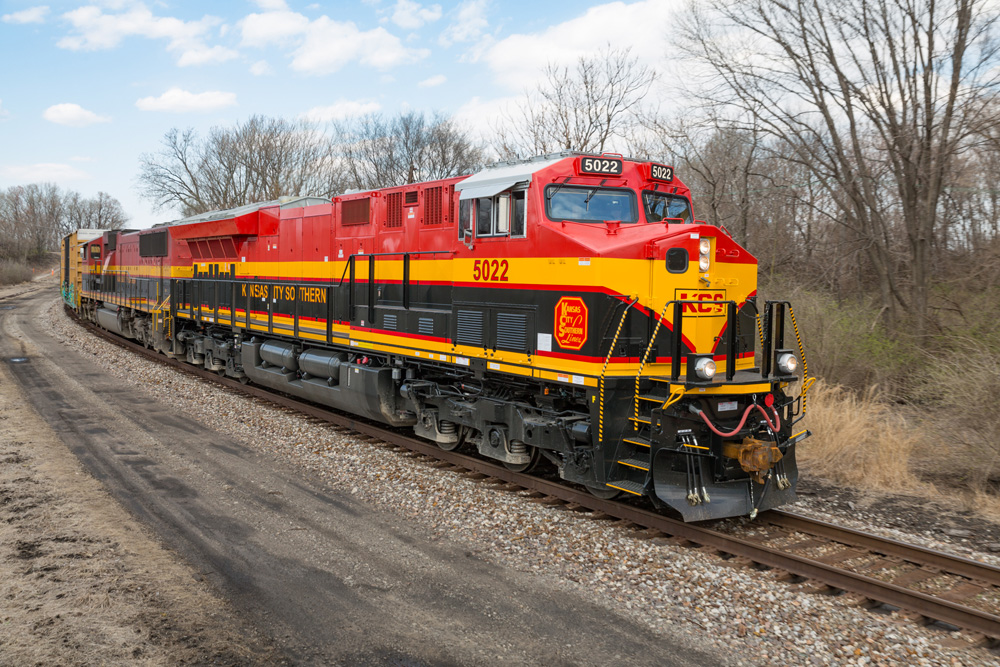
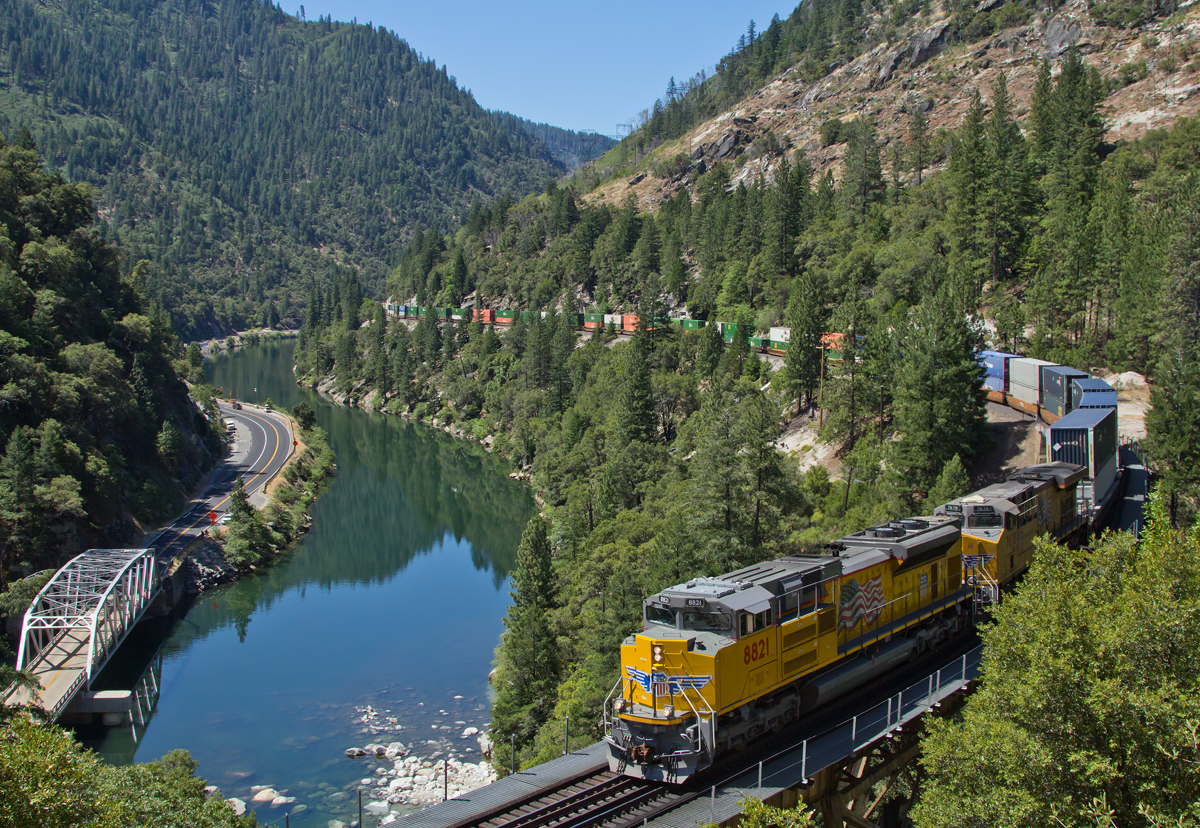
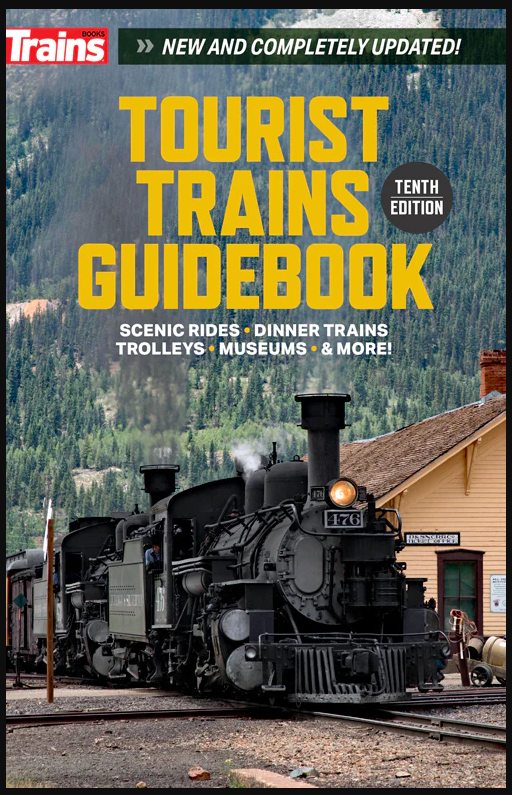
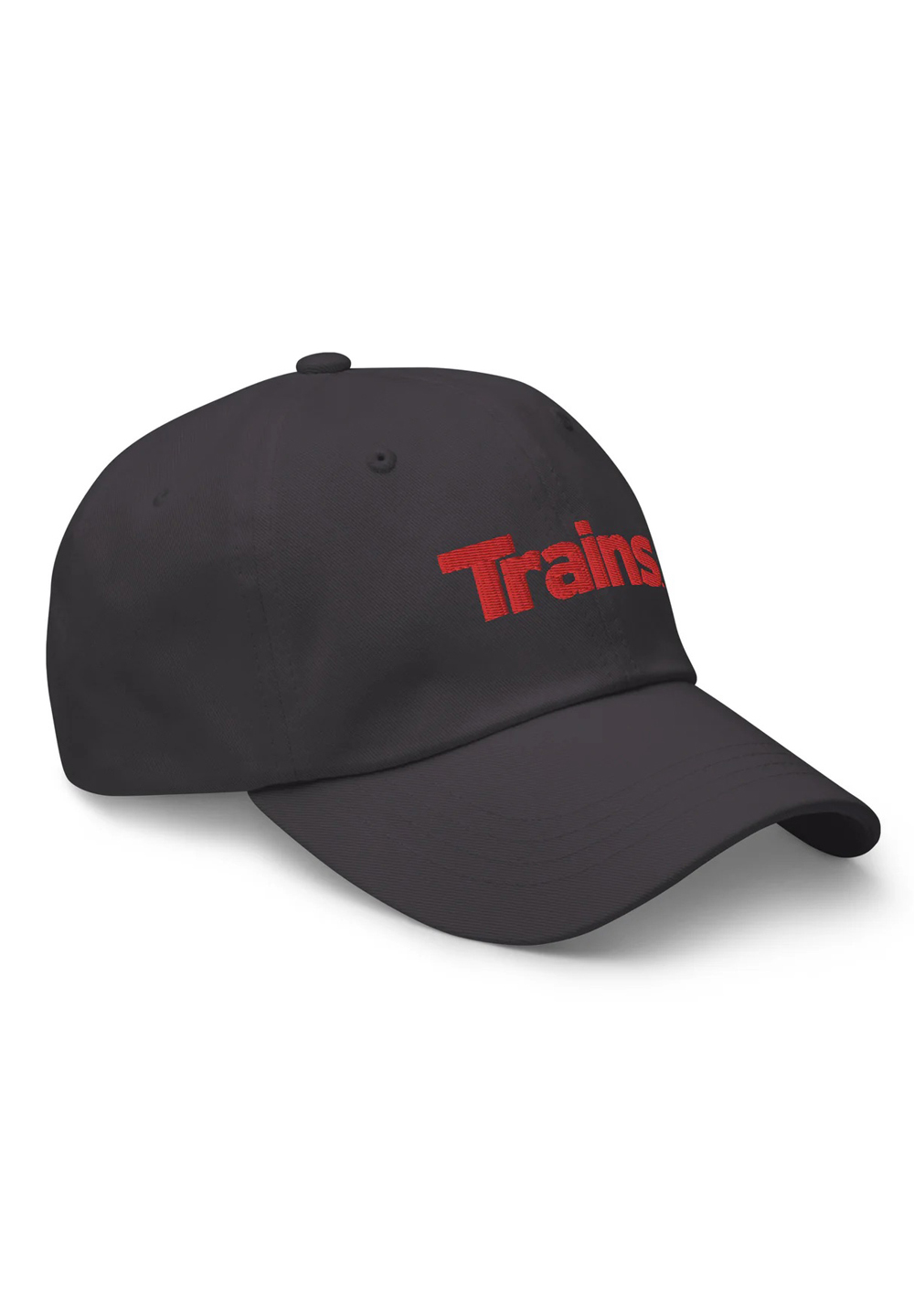
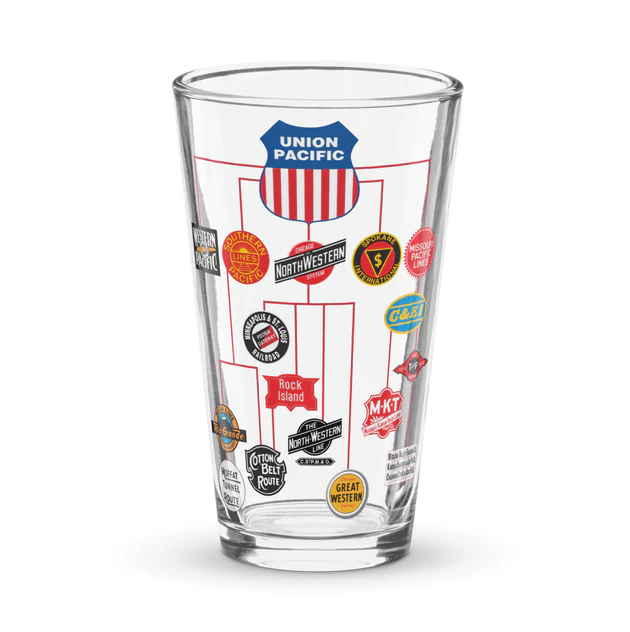
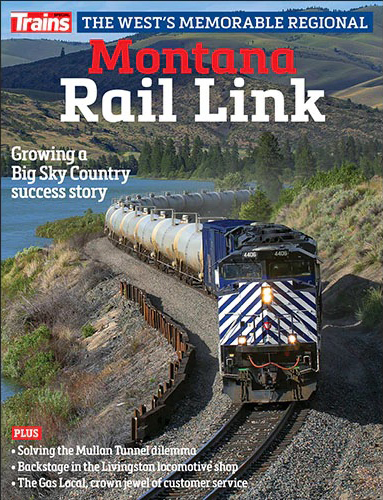
Better safe than sorry… Bravo BNSF!
Dr. Güntürk Üstün
The person claimed to be BNSF official apparently has no knowledge of basic railroading: “9 miles of locomotives” would be around 660 units, not 100
Watch out for your math
Are 3 packer and 5 packer units count as one car? Is it mostly 5 packers?
also are they 48-foot capacity or 53 foot capacity? That will get UP closer to 9 miles. What are the overall car length dimensions of each type?
Is this a Newswire interview or from an outside source, and if the latter, kindly include source and date,
Maybe it comes from FreightWaves?
The “https://www.freightwaves.com/news/this-railroad-has-100-extra-locomotives-ready-to-handle-a-container-surge” link is the primary source for the related BNSF article.
Dr. Güntürk Üstün